Harvesting straw mushrooms at Tien Thuan Cooperative.
Increase income
Managing and using straw in a circular manner is an effective solution to reduce greenhouse gas emissions and help improve the rice value chain, increasing farmers' income. With active support from functional sectors, especially from specialized agencies under the Department of Agriculture and Environment of Can Tho City and related units, farmers in many localities in Can Tho City have limited the burning of straw in the fields. Most of the straw in the rice production process is collected by people for sale or growing straw mushrooms and other production activities to increase income. Currently, farmers in many rice-growing cooperatives and low-emission, high-yield rice farming models participating in the One Million Hectare Rice Project in Can Tho have developed many circular economic models from straw.
According to Ms. Pham Thi Minh Hieu, Head of the Department of Crop Production and Plant Protection, Department of Agriculture and Environment of Can Tho City, in recent times, the Department has coordinated with specialized agencies under the Ministry of Agriculture and Environment, the International Rice Research Institute (IRRI) and related units to implement many activities to help farmers promote mechanization of straw collection. Instructing farmers to manage and exploit straw to maximize its value and reduce greenhouse gas emissions. Up to now, many cooperatives can create a circular use of straw by using straw to grow mushrooms and then continue to reuse straw to produce organic fertilizer for crops. Typical examples include the New Green Farm Cooperative in Thoi Long Ward, Tien Thuan Agricultural and Service Cooperative in Thanh Quoi Commune, etc.
Thanks to knowing how to exploit and use straw effectively, many rice-growing households have increased their income compared to simple rice production. Mr. Nguyen Cao Khai, Director of Tien Thuan Cooperative, said: “Previously, after rice harvests, many farmers just wanted to burn straw immediately to facilitate the production of the new rice crop. However, now people no longer burn straw because they have realized that "burning straw means burning money". From 2024 to now, when participating in the CLC rice production model, low emissions, supported by authorities, and guided to implement the circular economic model from straw, many farmers at the Cooperative have known how to take advantage of straw to grow straw mushrooms. The straw substrate from mushroom cultivation continues to be used to compost and mix as organic fertilizer for crops, thereby farmers can increase their income by 2-6 million VND/ha/crop".
Promote model replication
In order to promote the replication and spread of the circular economic model from straw, the City's Department of Crop Production and Plant Protection in collaboration with IRRI, the Vietnam Rice Industry Association and the School of Agriculture - Can Tho University organized the "Mushroom Farmer Festival" at Tien Thuan Cooperative in Thanh Quoi Commune. At this festival, farmers from many communes and wards in Can Tho City were updated and provided with useful information and knowledge in using straw to develop straw mushroom cultivation and organic fertilizer production. At the same time, they were able to visit the indoor and outdoor straw mushroom cultivation models and watch the demonstration of mechanization in the production of organic fertilizer from straw at Tien Thuan Cooperative. Farmers were able to meet and exchange with experts and those with experience in growing straw mushrooms and making organic fertilizer, thereby having the opportunity to better understand the knowledge and techniques to apply effectively, suitable to their production conditions.
Mr. Tran Van Diep, a farmer in Xa Phien commune, Can Tho city, said: “Coming to the mushroom growing farmers festival, I not only gained more useful information and knowledge about exploiting and using straw effectively in the direction of circular agriculture, but also understood more about developing CLC rice production, low emissions according to the One Million Hectare Rice Project. In the past, I have taken advantage of straw to grow mushrooms to earn a good income. However, I still wasted the straw substrate from growing straw mushrooms. In the future, I will take advantage of this substrate to make organic fertilizer for plants or sell it to increase my income.”
According to Ms. Nguyen Thi Giang, Deputy Director of the Department of Agriculture and Environment of Can Tho City, utilizing rice straw after harvest as raw material for producing straw mushrooms and organic fertilizer is a practical solution, contributing to increasing the sustainable rice value chain. Through the festival, the city's Department of Agriculture and Environment has the opportunity to promote and replicate the model to the entire high-quality and low-emission rice cultivation area in Can Tho City according to the One Million Hectare Rice Project. Together with the provinces in the Mekong Delta, Can Tho City has been actively participating in the implementation of the One Million Hectare Rice Project. By 2030, the area implementing the One Million Hectare Rice Project in Can Tho City will reach 170,000 hectares; the area implemented in 2025 is 104,500 hectares.
In recent times, the city has deployed 12 pilot models to implement the One Million Hectare Rice Project, with a scale of 50 hectares/model. The results show that the models are effective in productivity, quality, and profits increase by at least 20% compared to the production area outside the model. By implementing the circular economic model from straw, farmers can increase their income by up to 33 million VND/ha/year.
Along with a large annual rice output of about 24 million tons, the Mekong Delta also has an equivalent amount of straw. This is an abundant source of raw materials that helps farmers increase their income. According to Mr. Le Thanh Tung, Permanent Vice President and General Secretary of the Vietnam Rice Industry Association, to increase income, farmers need to pay attention to reducing production costs and diversifying income sources. Take advantage of idle labor and straw by-products from rice production to grow straw mushrooms and make organic fertilizers... Implement well the One Million Hectare Rice Project, improve the quality and ensure the safety of rice products associated with reducing emissions to sell at high prices, competing well with rice exporting countries.
Article and photos: KHANH TRUNG
Source: https://baocantho.com.vn/phat-trien-mo-hinh-kinh-te-tuan-hoan-tu-rom-a191658.html


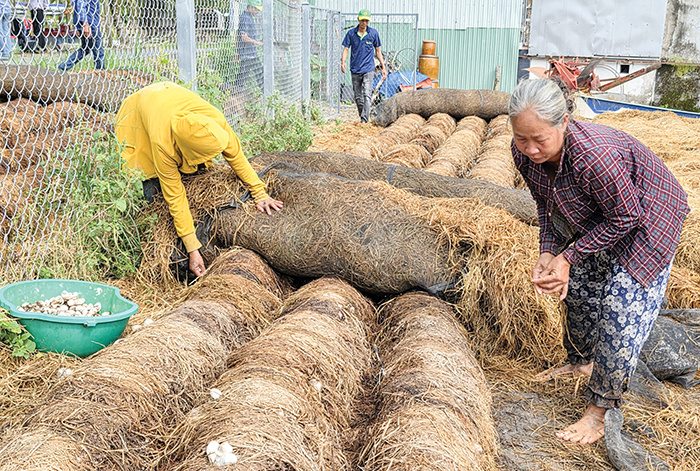

![[Photo] Prime Minister Pham Minh Chinh chairs meeting to deploy overcoming consequences of storm No. 10](https://vphoto.vietnam.vn/thumb/1200x675/vietnam/resource/IMAGE/2025/10/3/544f420dcc844463898fcbef46247d16)




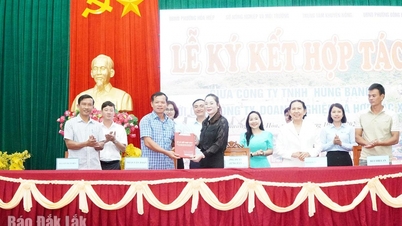

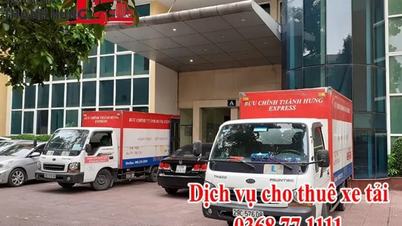


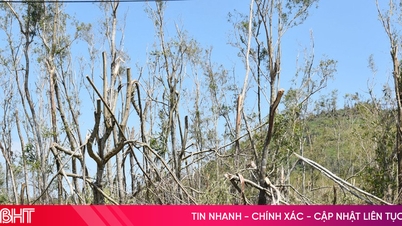

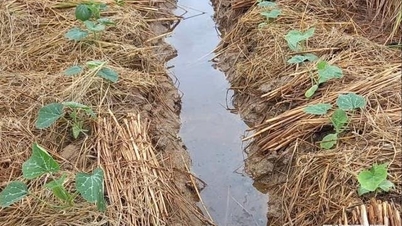

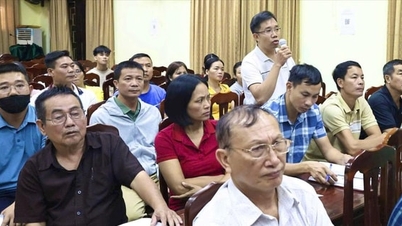





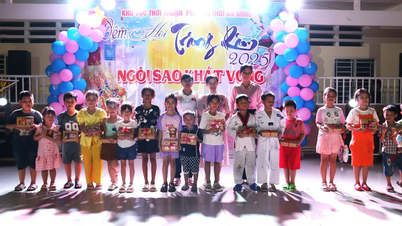

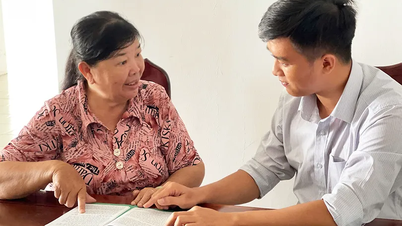
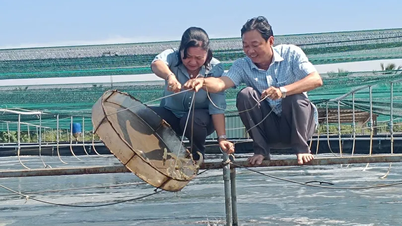
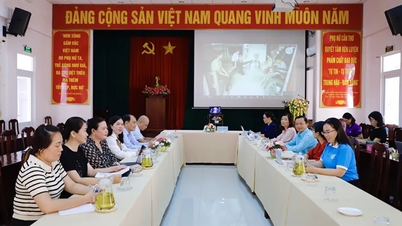
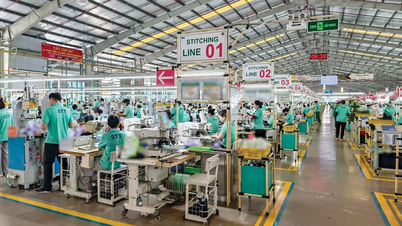

![[Photo] Binh Trieu 1 Bridge has been completed, raised by 1.1m, and will open to traffic at the end of November.](https://vphoto.vietnam.vn/thumb/1200x675/vietnam/resource/IMAGE/2025/10/2/a6549e2a3b5848a1ba76a1ded6141fae)










































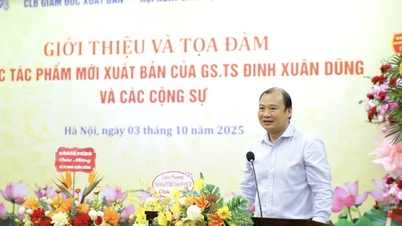
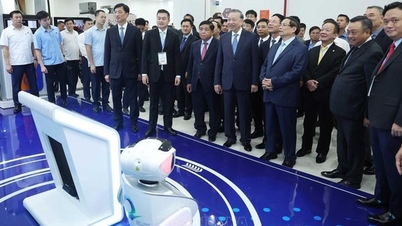


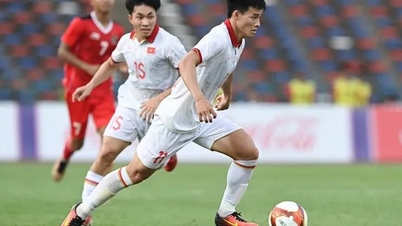

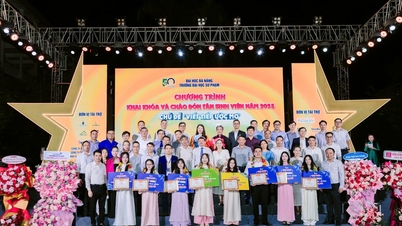

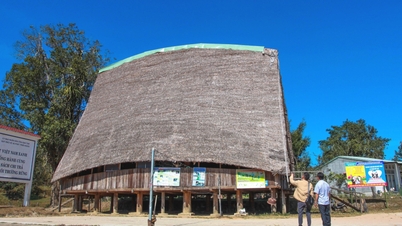

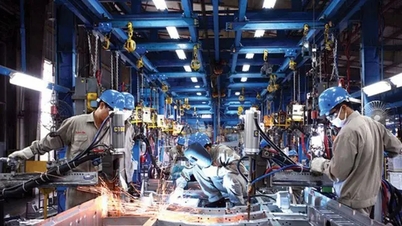
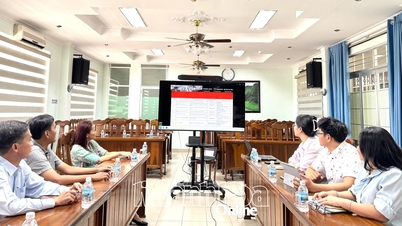

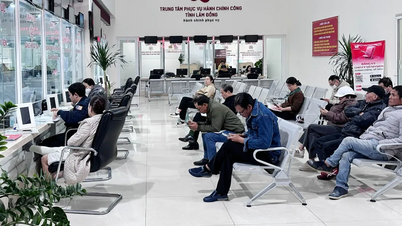

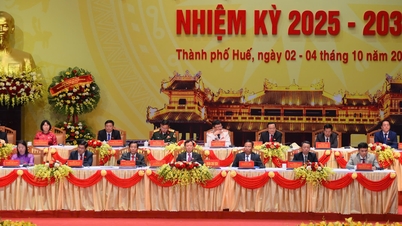












Comment (0)